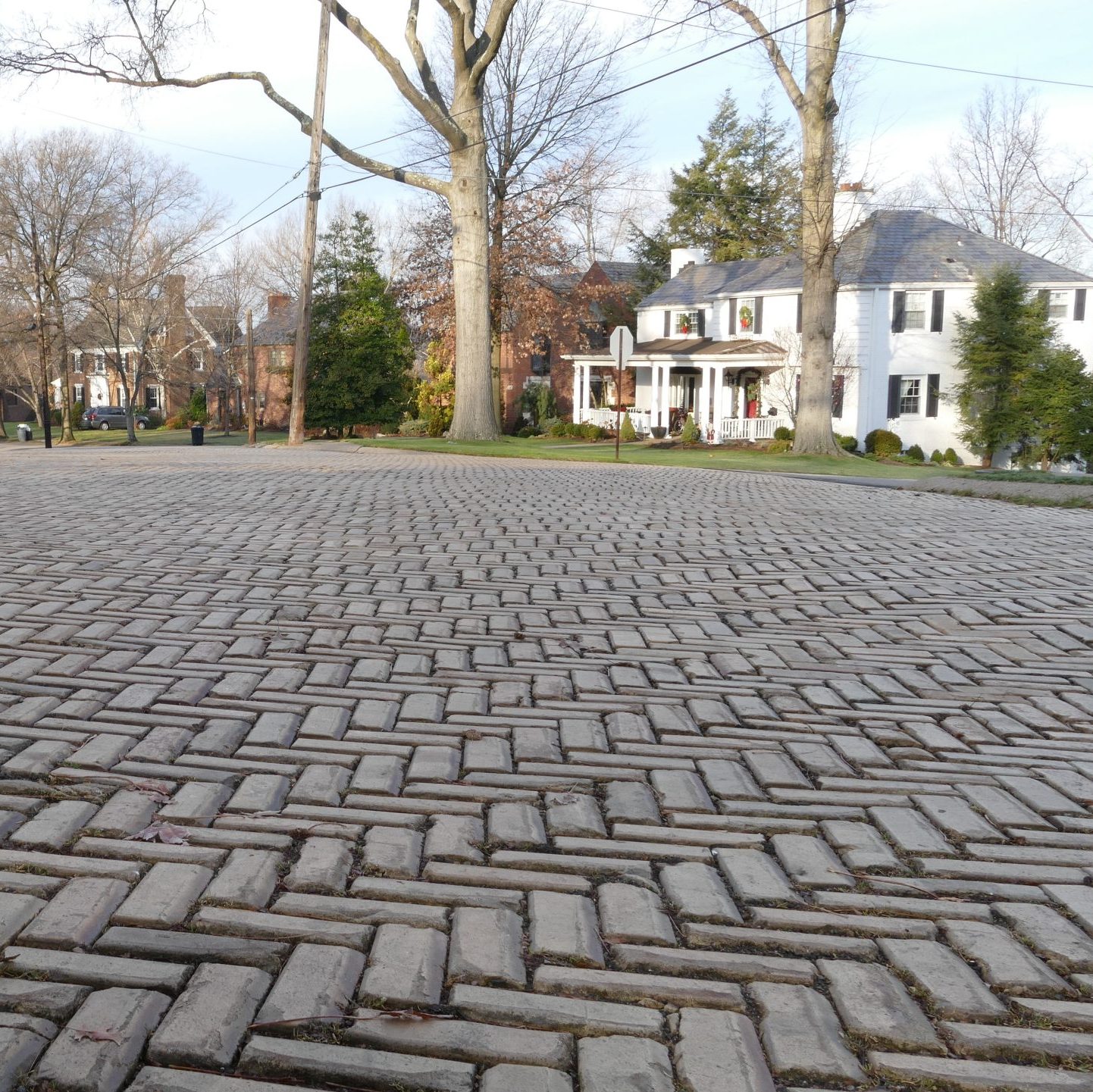historic preservation details: uncovered
This post is part two of a five-part series by Yvette Yescas. Navigate between them below.
Click here to see the map of Mt. Lebanon’s historic districts.
 |
 |
 |
 |
 |
This is the second blog in a once-promised series on the Secretary of Interior’s Standards for Rehabilitation and Guidelines for Rehabilitating Historic Buildings (Secretary’s Standards). I think this series is important for many reasons. First, preservation and sustainability remain relevant issues nationally. They have been in the consciousness of planners for some time. The economic benefits of historic preservation efforts, including increased property values for home owners and increased marketing opportunities for businesses and municipalities, are increasingly fostering local interest throughout the country. Efforts are picking up steam in Mt. Lebanon, too, with the nomination of a historic district to the National Register of Historic Places and the leasing of the McMillan House to the Historical Society of Mount Lebanon. It makes sense to introduce the broad standards that guide the work of rehabilitation of historic buildings to those who have an interest. The goal of this blog series is to use the Secretary’s Standards to help you: identify, retain and preserve; protect and maintain; repair; and replace the character-defining features of your historic homes. 
My guess is that most Mt. Lebanon residents will find these guidelines easy to incorporate, because these are things you appear to consider anyway. Given the integrity of the historic homes we have in town, it’s clear your instincts serve you well, but still, the Secretary’s Standards can provide useful guidance.
Because the municipality is in the final stretch of a National Register nomination and I serve on the Historic Preservation Board (HPB), it is important to note that National Register designation does not impose the Secretary’s Standards or any such restrictions on home owners. The standards would remain voluntarily even after anticipated designation.
These standards should be thought of as separate from the proposed historic district, but I’m going to share the photography of National Register volunteer and fellow LeboLife blogger, Jen Curran, in this series, anyway. The images she collected for the inventory demonstrate the hard work of so many in the nomination process; volunteer community members and board members photographed and inventoried of over 4,000 properties! This seems like a great way to recognize them. It’s Jen’s images you see in this blog, and you’ll see more of her contributions in a later one about materials. If you have interesting woodwork on your home, you might see it pictured.

Aside from this connection to the National Register nomination, though, this series sharply focuses on the Secretary’s Standards and resources of the Department of the Interior. These definitions will be our starting point:
Restoration is detailed restoration of a building to a specific date or era. It’s a very expensive approach to building preservation, and not anything we would expect to see in most of Mt. Lebanon. This is the level of preservation you’d expect in a home museum.
Reconstruction is the process of completing detailed, new construction that replicates a lost historic building to a specific date or era. It’s also a very expensive preservation approach.
Rehabilitation is the process of identifying existing character-defining features of an historic building and then repairing to preserve those features. Missing features and elements are not expected to be restored or reconstructed. This is the most practical approach for home owners and the focus of the Secretary’s Standards.
As you see, these are the least cost-prohibitive of historic preservation efforts, because the goal is for them to be attainable and realistic. I know things like sewer repair will and should always take priority for home owners.
What’s coming in this series? Roofs and Windows, Materials, and, finally, Accessibility, Additions and Energy Considerations.
Let me end by reiterating that I will be outlining voluntary and broad federal guidelines, which do not represent restrictions upon Mt. Lebanon home owners. (You can learn about local historic preservation goals and priorities in the municipality’s Comprehensive Plan and its expectations of the Historic Preservation Board.)
 |
 |
 |
 |
 |





